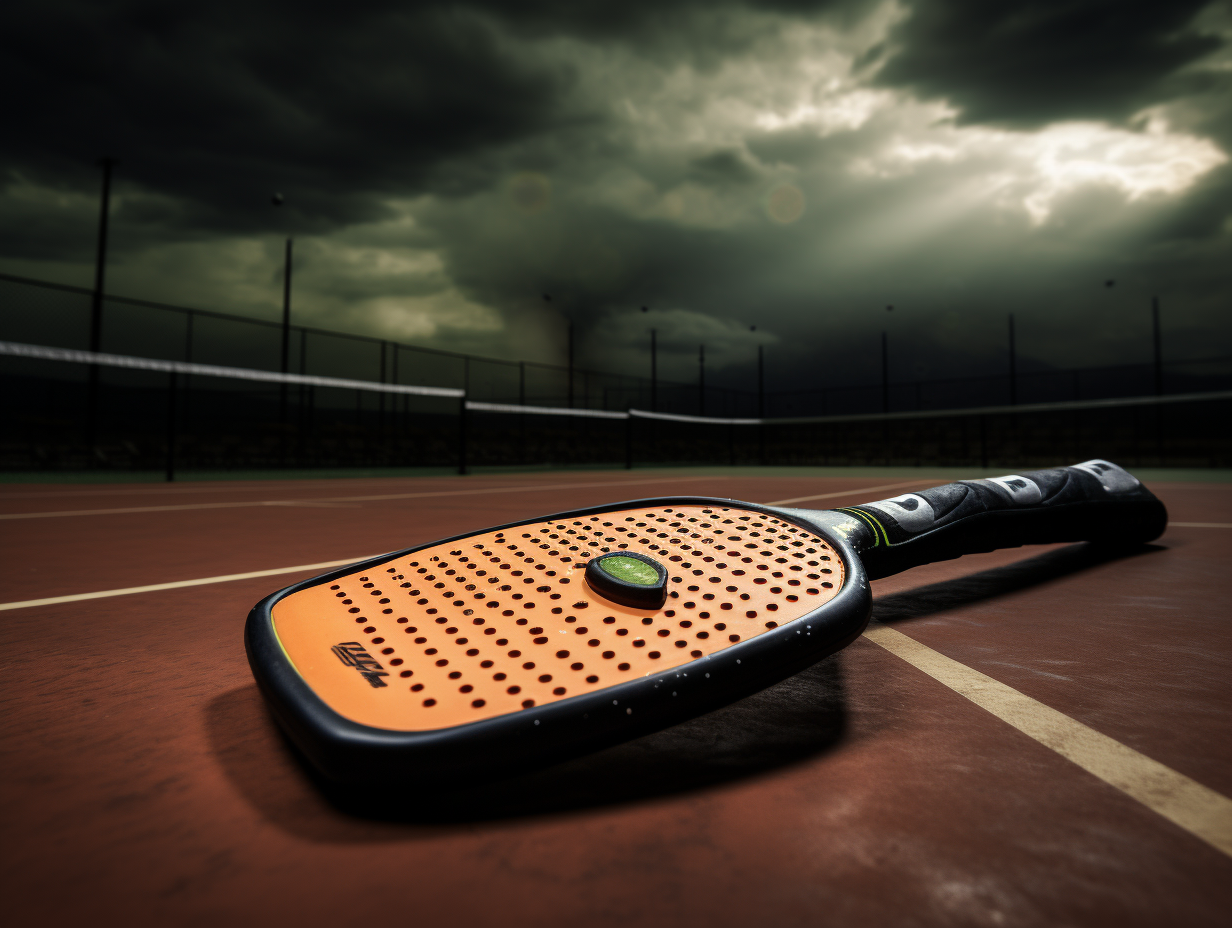Pickleball, a unique racquet sport merging tennis, badminton, and ping pong elements, has captivated players of diverse ages and skill levels worldwide. Its dynamic and accessible nature has fueled a surge in popularity. This tale of innovation, community, and sport’s unifying force spans from its humble inception to becoming a global phenomenon.
Originating in the mid-1960s on Bainbridge Island, USA, pickleball was conceived by friends Joel Pritchard, William Bell, and Barney McCallum. Seeking family entertainment, they ingeniously combined badminton paddles, a wiffle ball, and a lowered net to create the sport. This improvised court, drawn on a driveway, marked the birth of a game destined to resonate with countless enthusiasts.
The sport’s intriguing name, “pickleball,” has an engaging backstory. Joan Pritchard, wife of Joel, attributed the name to their dog, Pickles, who playfully pursued stray balls. Over time, pickleball gained local popularity, evolving its rules and mechanics, paving the way for its distinct identity.
Pickleball’s appeal transcended Bainbridge Island’s boundaries. Enthusiasts introduced the sport to their communities, leading to the establishment of its first official court in 1967. As its following grew, dedicated players worked to formalize rules, molding pickleball into a structured and competitive activity.
Pickleball’s compact court, easy-to-grasp rules, and emphasis on skillful placement drew a wide audience, particularly those seeking low-impact sports with social interaction and competitive elements. The game’s versatility made it a family-friendly choice, fostering enjoyment among children, parents, and grandparents alike.
Tennis vs. Pickleball: A Quick Comparison
Tennis and pickleball are both popular racquet sports that offer engaging gameplay and opportunities for physical activity and social interaction. While they share some similarities, they also have distinct characteristics that set them apart. Here’s a brief comparison of tennis and pickleball:
Court Size and Equipment:
- Tennis is typically played on larger courts, with dimensions of 78 feet in length and 27 feet in width for singles, and 36 feet in width for doubles.
- Pickleball is played on a smaller court, about a quarter the size of a tennis court, with dimensions of 20 feet in length and 44 feet in width for doubles.
Racquets:
- Tennis racquets are larger and heavier, often requiring more strength and technique to wield effectively.
- Pickleball paddles are smaller and lighter, making them easier to control and maneuver.
Ball:
- Tennis uses a pressurized yellow ball, which can vary in terms of bounce and speed depending on the court surface.
- Pickleball uses a plastic ball with holes, known as a wiffle ball, which has a slower pace and provides more control.
TOP SELECTED AUDIOBOOKS FOR RUNNERS AND OTHER ATHLETES

SPORTS FOR THE SOUL
Think Like a Warrior: The Five Inner Beliefs That Make You Unstoppable
by Darrin Donnelly

SPORTS FOR THE SOUL
Life to the Fullest: A Story About Finding Your Purpose and Following Your Heart
by Darrin Donnelly
Gameplay:
- Tennis involves serving overhand or underhand from behind the baseline and rallying until a player scores a point by hitting the ball past their opponent or forcing an error.
- Pickleball serves are typically underhand and must land diagonally across the court. The game often features volleying near the net and emphasizes strategy and placement.
Scoring:
- Tennis uses a more complex scoring system with points, games, sets, and sometimes tiebreaks. Matches are often best of three sets or five sets.
- Pickleball has a simpler scoring system, where points can only be scored by the serving team, and matches are usually played to 11 or 15 points, with a win by at least two points.
Physical Demands:
- Tennis can be more physically demanding due to the larger court, faster pace, and greater distance players need to cover.
- Pickleball is generally considered to be less physically demanding and more accessible to a wider range of ages and fitness levels.
Community and Social Interaction:
- Both tennis and pickleball offer opportunities for social interaction and community building, whether playing recreationally or competitively.
- Pickleball has gained a reputation for its friendly and inclusive atmosphere, making it a popular choice among players looking for a welcoming environment.
Tennis and pickleball are two distinct racquet sports with their own unique characteristics and appeal. Tennis offers a more intense and physically demanding experience on larger courts, while pickleball provides a more accessible and social game on smaller courts. Players can choose the sport that aligns with their preferences, skills, and desired level of physical activity.
Accountability Adventure AI Artificial Intelligence Audible audiobook Audiobooks borrow borrow a minute challenges chatgpt coffee break deepmind Determination Elon Musk Fiction fire water bean Google Google's AI Google Cloud how many minutes How many minutes in a day how many minutes in a month how many minutes in a week how many minutes in a year human connection human spirit Immersive Innovation inspiration intelligence Machine Learning mental break minute fiction minute read Resilience Security short blog short story skannar sport story Survival Transparency where am I now

